Bonna (Bonn)
Q3027848Bonna: Roman legionary base, part of the Rhine limes, modern Bonn.
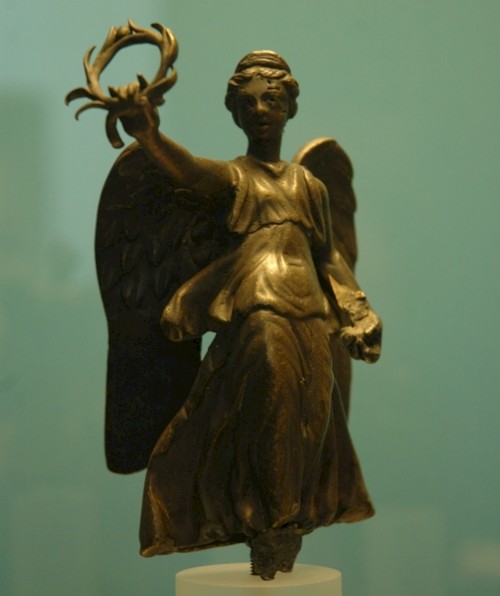
Bonna, modern Bonn, was a Roman fortress opposite the confluence of the frontier river Rhine and and the small Sieg, built by prince Drusus between 16/15 and 13 BCE. (An earlier settlement of the tribe of the Ubians may have existed after ca.25.) According to the Roman historian Publius Annius Florus, there was a bridge across the river.note The military settlement was initially used by auxiliary troops, who must have guarded the river crossing during Drusus' offensive in the valley of the Lippe.
After the battle in the Teutoburg Forest (September 9 CE), in which the Romans lost three legions (XVII, XVIII, and XIX), a large legionary base was built to the north of the first fort. This new fortress was occupied by the First legion Germanica.
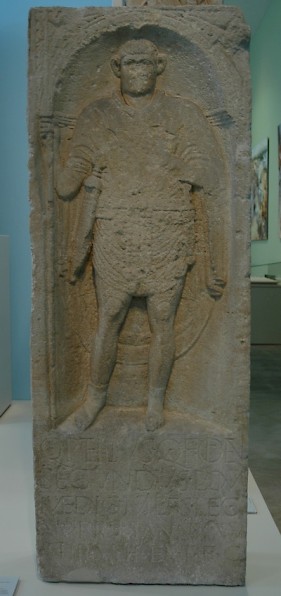
After the Batavian revolt, which took place in 69-70, Bonn was rebuilt from stone and became the base of XXI Rapax and after 83, I Minervia. This unit remained at this site until the end of the Roman age, although there is evidence that in 101-106, when I Minervia took part in Trajan's Dacian War, a subunit of XXII Primigenia took care of this fortress.
Bonn is an interesting case to study the romanization. Originally, Bonna had been the most important center of the cult of the Aufanian mothers, a triad of native goddesses. Another native cult was that of Gebrinius, who was usually identified with the Roman god Mercury but retained some of his original attributes.
However, the army was composed from all kinds of people, which brought other cults. In the neighborhood of Bonn, at Lechenich, a shrine was dedicated to the ancient Egyptian god Ammon (or, to use the Latin name, Jupiter Hammon). The presence of a god from Egypt suggests the extent to which the Rhineland was integrated in the Roman world.

The town was attacked by the Franks in 275 and 355, but survived. Yet, it was not to remain Roman forever: The garrison of Bonn probably switched sides at the beginning of the fifth century, when the Roman frontier collapsed and the Franks took possession of the Rhineland. They were soon assimilated by the native population and must have converted to Christianity, because there were many Christians in fifth- and sixth-century Bonn.
One reason for the rapid and complete Christianization of Bonn may have been the cult of several martyrs on a cemetry just south of the fortress. They are known to have been venerated in the fourth century (the memorials were made of stones that were taken away from the sanctuary of the Aufanian mothers), and a small church was built in ca.400. It has been excavated near the modern Münster church.
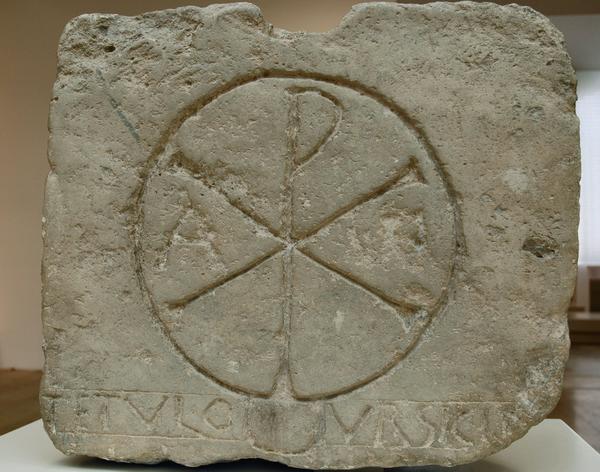
The fortress of Bonna was in use until the tenth century, but the main center gradually moved to the south, to the settlement near the Münster, which is the center of the modern town.
Today, one can visit the Rheinisches Landesmuseum in Bonn, one of the most beautiful museums in Germany.
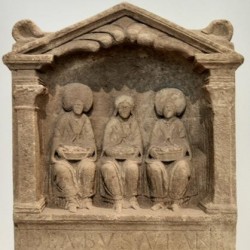 Nettersheim, Dedication to the Aufanian Mothers |
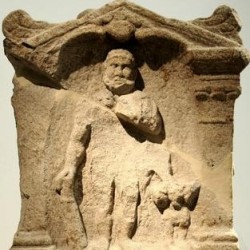 Bonn, Dedication to Hercules Magusanus |
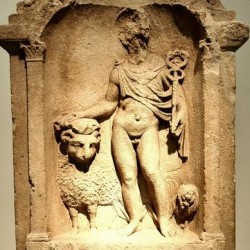 Bonn, Dedication to Mercury Gebrinus |
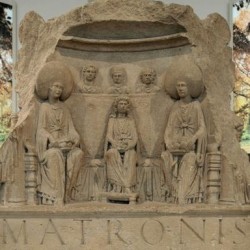 Bonn, Dedication to the Aufanian Mothers |